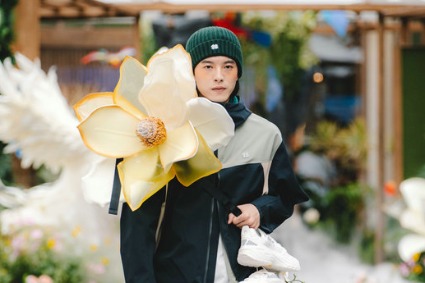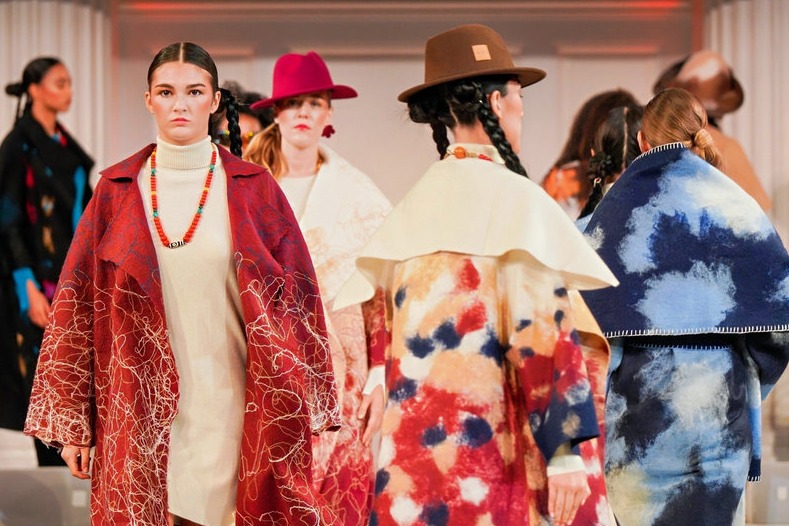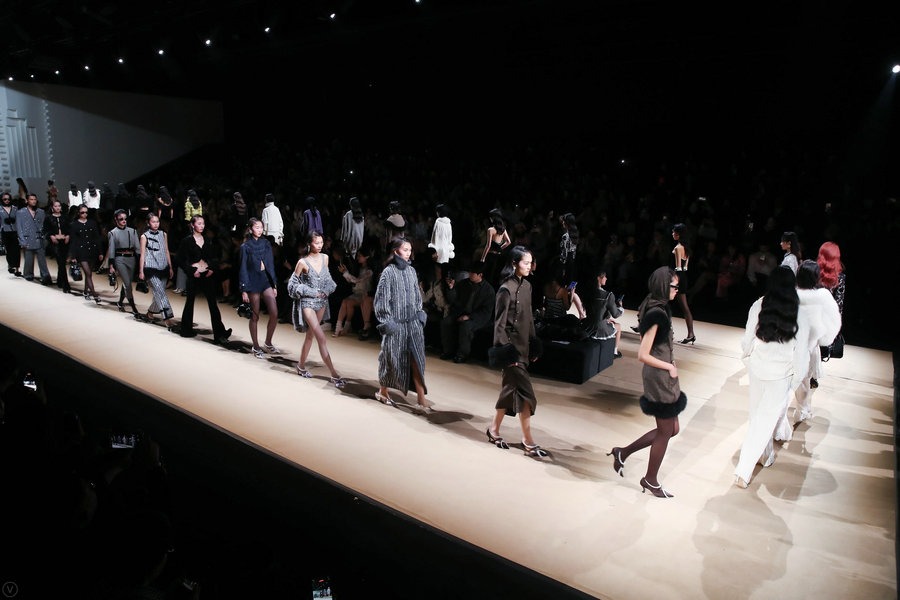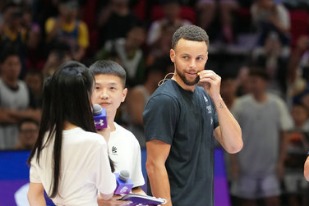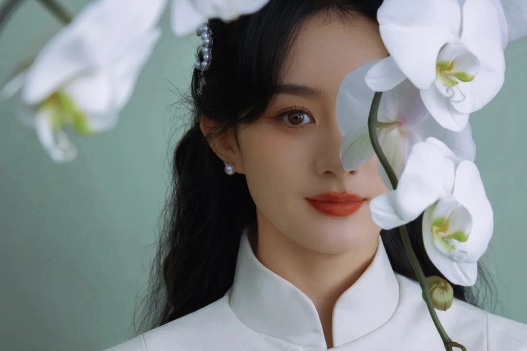A history of male beauty in China

Before the Wei Kingdom (220-265) in China, the concept of men's beauty had little to do with outward appearances. Instead it was largely focused on the Confucian philosophy of being a junzi, a man who is noble and honorable.
But perceptions started to change when men, especially those who enjoyed a high social status, started applying foundation on their skin to make it look brighter and smooth. Some also used balm-based products to make their lips appear shiny.
According to records, the well-known scholar Cao Zhi during the Three Kingdoms (220-280) once refused to receive his visiting friend before washing his face and applying foundation. He Yan, a celebrity during that era, was said to have carried his foundation and lipstick everywhere he went. Other grooming practices among Chinese aristocrats included burning imported incense to scent their clothes.
The reason for this shift in the perception of beauty, according to some historians, was due to continuous wars during the period from the 3rd century to the late 6th century that caused people to realize the fragility of life. The quick change of regimes also diminished the influence of Confucianism, the once dominant school of thought in the country since the Han Dynasty (206 BC to AD 220), providing intellectuals with an opportunity to talk about their own philosophies.
During the ancient time in China, women would also openly display their approval of male beauty. Whenever Pan An (247-300), who was considered one of the most handsome men in Chinese history, left his home, women would throw fruits into his carriage as a sign of their admiration.
Another popular story takes place in the Western Jin Dynasty (265-316) era and involves Wei Jie, a man who always drew the attention of those around him because of his good looks. It is said that this constant scrutiny caused him to be so depressed that he eventually died from it.
The focus on inner beauty once again became the norm during the Ming Dynasty (1368-1644) when Neo-Confucianism was the most prevalent school of thought. During this period, interactions between men and women were limited. The practice of throwing fruits into the carriage of a handsome man faded away.
As early as the mid-19th century when Western armies defeated the Qing government (1644-1911) in wars, what came along with cannons included Western fashion and cultural influences. Chinese men started to embrace Western aesthetics that was starkly different from the Chinese definition of beauty.
Lin Yutang, a famous writer and the author of the book The Importance of Living once said "the difference between a Chinese and Western dress is that the latter tries to reveal the human form, while the former tries to conceal it".
A widely circulated poem titled Qi Ao from the ancient The Book of Poetries encapsulates the Chinese definition of beauty. In the poem, green bamboo is used to describe the perfect man-one who is tall, straight and robust.

















